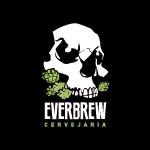
What do I need to start mushroom foraging?
You'll need a local field guide, a sharp knife or scissors, a
basket or mesh bag for collecting, and paper bags for separating
specimens. Bring a small brush for cleaning, wear sturdy boots,
and carry a GPS device or compass to track your location. A
camera is also helpful to document your finds.

How can I identify edible mushrooms?
Learn from experienced foragers and reliable guidebooks – never
rely on apps alone. Study each mushroom's specific features like
cap shape, gill structure, stem characteristics, and spore
prints. Start with easily identifiable species that have no
poisonous lookalikes, and never eat anything unless you're
completely certain of its identification.

Where can I find foraging spots?
Look in deciduous forests, especially near oak and maple trees,
and in damp, shaded areas. Fallen logs and dead trees are often
productive spots. Only forage on public lands where it's
allowed, and always check local regulations. Remember to get
permission for private property and keep your best locations
private to prevent over-harvesting.

What are the best seasons for mushroom foraging?
Spring is ideal for morels, late summer brings chanterelles and
boletes, and fall is peak season for most mushrooms including
oysters and hen of the woods. Some species can even be found in
winter, especially in milder climates. Each season offers
different varieties, so year-round foraging is possible.





























